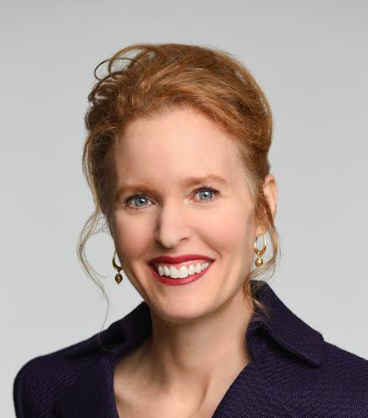
Americans depend on our country’s transportation, energy and water supply systems. This infrastructure is under increasing stress as coastal storms, wildfires, drought and sea level rise. And there are countless questions on how to gain the political will, as well as the funds and financing for both infrastructure modernization and new infrastructure in the face of these growing hazards. We’re detecting these trends involving climate adaptation and resilience we expected will emerge or occur in 2019.
Resilience finance will go mainstream.
From the Climate Bonds Initiative to the Global Adaptation and Resilience Investment WorkGroup, finance sector experts are working to create mechanisms in the financial markets that make it more likely that assets under management will include more climate change resilience projects. That’s important, since the gap in resilience finance, which the Climate Policy Initiative doggedly tracks annually, grows wider. Creating principles for resilience-related green bonds is a high priority in the growing climate bond field.Resilience funding will increase.
Both the Department of Housing and Urban Development and the Federal Emergency Management Agency received increased mitigation-related appropriations, in part through the "Disaster Recovery Reform Act." Going forward, FEMA can use 6 percent of its Disaster Relief Fund on pre-disaster mitigation and HUD allocated $28 billion to support long-term disaster recovery in nine states, Puerto Rico and the U.S. Virgin Islands with $16 billion earmarked for risk mitigation. Rules and guidelines for accessing these competitive grants are on the agencies’ 2019 to-do list.Climate change-driven migration will be better organized.
Even as Louisiana grapples with the ongoing migration of families from their southern parishes because of climate-related issues (e.g., in Plaquemine Parish, 67 percent of the population left between 2000 and 2015), it and other states seek ways to create capacity and opportunity in receiving communities. We even have a term for this change: “Climigration.” It was coined by Robin Bronen, executive director of the Alaska Institute for Justice, to replace the commonly used misnomer “climate refugee.”Resilience news will become more ubiquitous.
The resilience-related news cycle will grow, driven by growing tragedies that define the resilience gap. Last year’s National Climate Assessment spotlighted the costs we already are experiencing:- Flooding along the Mississippi and Missouri rivers in 2011, triggered by heavy rainfall, caused an estimated $5.7 billion in costs.
- Drought in 2012 caused widespread agricultural losses to crops and livestock, and low water levels along the Mississippi River affected transportation of goods. resulting in an estimated $33 billion in losses.
- Annual federal firefighting costs have ranged from $809 million to $2.1 billion per year between 2000 and 2016.
Rural America will continue to bear the brunt of catastrophic loss.
Many Americans still live, work and play in smaller towns and cities where most climate change-related tragedy strikes – from Paradise, California, to Mexico Beach, Florida. Resources focused on smaller communities, such as Flood Forum USA and Online Help and Advice for Natural Disasters, are going to be even more in demand.Are you detecting other resilience-related trends? Please let me know. Contact me on Twitter.
Image credit: Bureau of Land Management/Flickr

Joyce Coffee, LEED AP, is founder and President of Climate Resilience Consulting. She is an accomplished organizational strategist and visionary leader with over 25 years of domestic and international experience in the corporate, government and non-profit sectors implementing resilience and sustainability strategies, management systems, performance measurement, partnerships, benchmarking and reporting.














